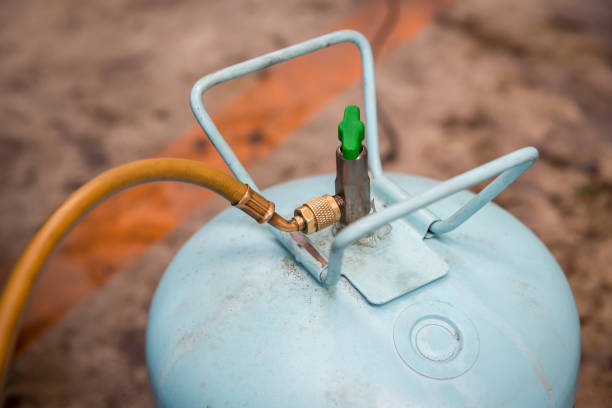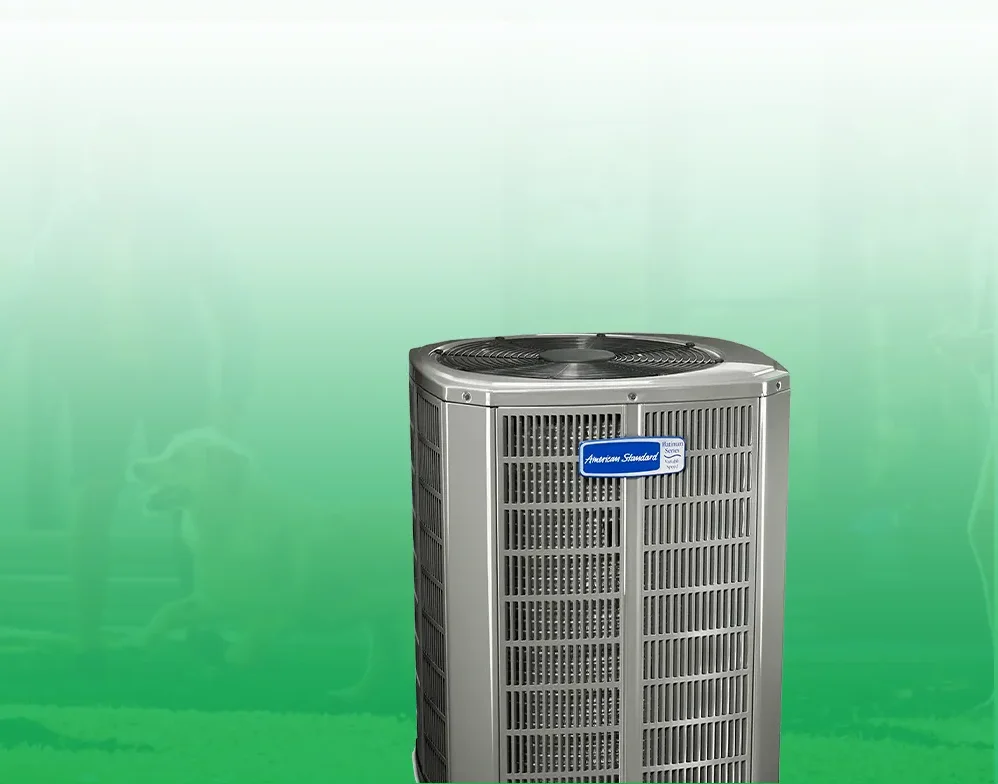As we move into a new era of HVAC technology, environmental concerns are driving significant changes in the types of refrigerants used in heating and cooling systems. Two of the most prominent refrigerants on the market today are R-32 and R-454B, both designed to replace older, more environmentally harmful refrigerants like R-410A. But which one is the right choice for your home? At Horne HVAC Charlotte, we want to help you understand the key differences between these two options so you can make the best decision for your comfort and your budget.
Why Are New Refrigerants Needed?
Before diving into the specifics of R-32 and R-454B, it’s important to understand why these changes are happening. Traditional refrigerants like R-22 and R-410A have been phased out or are in the process of being phased out due to their high Global Warming Potential (GWP). GWP measures the environmental impact of a refrigerant in terms of how much heat it traps in the atmosphere. High-GWP refrigerants contribute to global warming and ozone depletion, which is why newer, more eco-friendly refrigerants are being introduced.
The American Innovation and Manufacturing (AIM) Act, which came into effect in 2020, is leading the charge in reducing the use of high-GWP refrigerants, and R-32 and R-454B are among the top choices for replacing them.
What Is R-32?
R-32 is a single-component refrigerant that’s been used globally for several years and is gaining popularity in the U.S. as a replacement for R-410A. Here are some of its key features:
- Global Warming Potential (GWP): 675 (about one-third the GWP of R-410A)
- Energy Efficiency: R-32 has superior heat transfer capabilities, meaning HVAC systems using R-32 are often more energy-efficient, potentially lowering your utility bills.
- Safety: R-32 is classified as a mildly flammable refrigerant (A2L). While this might sound concerning, HVAC systems using R-32 are designed to mitigate safety risks.
- Cost: As R-32 becomes more widely used, its cost is expected to stabilize, making it a cost-effective option for homeowners looking for a long-term investment.
What Is R-454B?
R-454B is another new refrigerant designed specifically to replace R-410A. It’s a blend refrigerant that’s being marketed as a more direct replacement for R-410A in the U.S. Here’s a breakdown of R-454B’s characteristics:
- Global Warming Potential (GWP): 466 (even lower than R-32, making it one of the most eco-friendly refrigerants available)
- Energy Efficiency: Like R-32, R-454B is more efficient than R-410A, though it doesn’t have quite the same heat transfer capabilities as R-32.
- Safety: R-454B is also classified as mildly flammable (A2L), meaning it shares similar safety considerations with R-32.
- Compatibility: One of the big advantages of R-454B is that it can often be used in systems that were originally designed for R-410A with minimal modifications. This can make the transition easier and less costly in terms of equipment changes.
Key Differences Between R-32 and R-454B
Now that we’ve covered the basics of each refrigerant, let’s look at some of the key differences to consider when choosing between them for your home:
1. Global Warming Potential (GWP)
- R-32 has a GWP of 675, which is a significant improvement over R-410A, but R-454B is even better, with a GWP of just 466.
- If your primary concern is minimizing environmental impact, R-454B might be the better choice.
2. Energy Efficiency
- R-32 generally offers better energy efficiency due to its superior heat transfer properties. This means HVAC systems using R-32 are often smaller and more compact but still deliver powerful cooling and heating.
- R-454B also improves energy efficiency over R-410A but may not offer quite the same level of performance as R-32 in some systems.
- If energy savings are your top priority, R-32 might be the refrigerant to choose.
3. Compatibility with Existing Systems
- R-454B has an edge when it comes to system compatibility. Many systems designed for R-410A can be adapted to use R-454B with minimal changes, making it a more straightforward option if you’re looking to replace or upgrade your current system.
- R-32 systems, on the other hand, often require more significant changes in components due to the refrigerant’s different operating pressures.
4. Safety
- Both refrigerants are classified as A2L (mildly flammable), meaning they require careful handling during installation and repairs. However, modern HVAC systems are designed with safety in mind, and technicians are trained to work with these refrigerants safely.
- Neither refrigerant poses a major safety risk for homeowners when installed and maintained correctly.
5. Cost
- R-32 is expected to become more affordable as its use becomes more widespread, but the initial cost of systems using R-32 may be slightly higher due to the need for specific components.
- R-454B may offer a more cost-effective solution for homeowners upgrading from R-410A systems, as fewer changes to the system are required.
Which Refrigerant Should You Choose?
Choosing between R-32 and R-454B largely depends on your priorities as a homeowner. If environmental impact is your top concern, R-454B may be the better choice due to its lower GWP. On the other hand, if you’re looking for maximum energy efficiency and long-term savings on your energy bills, R-32 could be the way to go.
If you’re upgrading an existing R-410A system and want to minimize installation costs, R-454B might be more appealing since it requires fewer changes to the system components.
At Horne HVAC Charlotte, we’re here to help you make the right choice for your home. Whether you’re considering a new system installation or need to upgrade your existing system to comply with the latest refrigerant standards, our team of experts is ready to guide you through the process.
The HVAC industry’s shift to eco-friendly refrigerants like R-32 and R-454B is a big step toward reducing the environmental impact of heating and cooling systems. While both refrigerants offer significant advantages over older options like R-410A, understanding the differences between them can help you choose the right one for your home.
If you have any questions about which refrigerant is right for you, or if you’re ready to upgrade your system, contact Horne HVAC Charlotte today. Our experienced team is equipped with the latest knowledge on refrigerants and is here to help you keep your home comfortable while staying environmentally conscious.








